Is Tea Tree Oil The Secret To Banishing Acne Once And For All?



Katrina Mitzeliotis Lanza

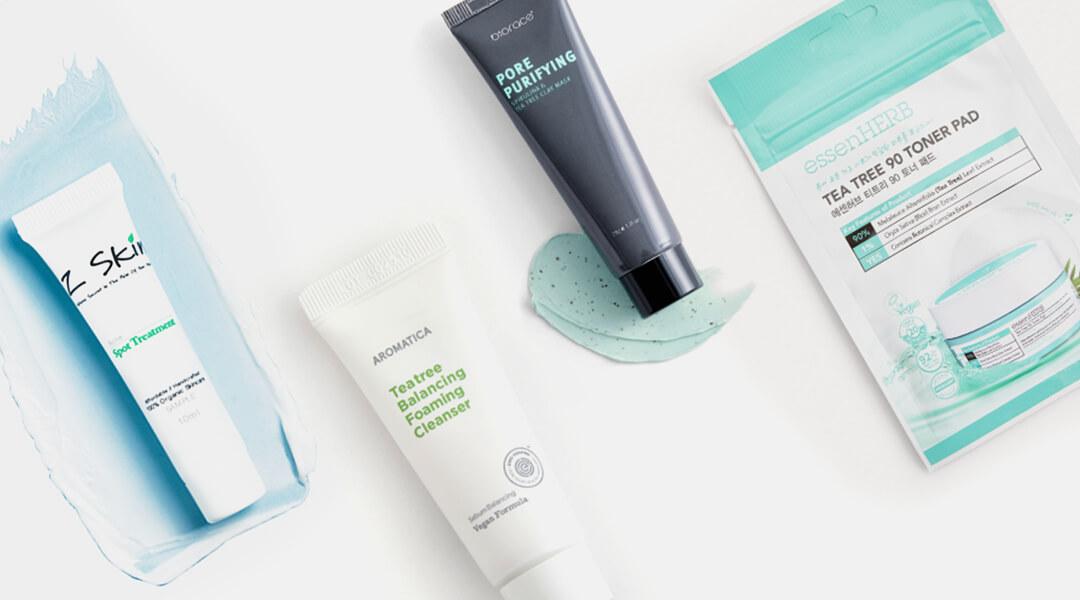
There’s certainly no shortage of acne-fighting ingredients and products on the market that promise to banish pimples, but one of the most effective treatments is an essential oil that has been around for centuries: tea tree oil. This potent ingredient has been used to help wound healing and to treat minor illnesses for ages, but it’s also an effective solution for the treatment of acne and preventing a bad breakout.
While salicylic acid, benzoyl peroxide, retinol, and prescriptions, (including prescription retinoids), are always enticing options for clearing up pimples, the reality is that not all skin types can tolerate such potent acne-fighting ingredients-- and that’s where tea tree oil comes in.
Ready to say goodbye to your acne breakouts once and for all? Read on to find out how to use tea tree oil and shop some of our favorite acne-fighting products that contain the potent natural ingredient. Trust me: your complexion will thank you.


It's about glam time you treated yourself.
MEET THE EXPERT
Ava Shamban, MD, is a board-certified dermatologist and founder of Ava MD in Los Angeles.
So, what is tea tree oil exactly?
Just like the name suggests, tea tree is an oil that comes from a tree. Well, technically the leaves of a tree. “Tea tree oil comes from the leaves of trees native to Australia called Melaleuca Alternifolia,” says board-certified dermatologist Ava Shamban, MD. “These crushed leaves and, specifically their extracted oil, has been used by the Aborigines for centuries as part of healing and traditional medicine.”
This isn’t to be confused with the tea leaves we drink. “Potent inhalation and aromatherapy treatments were used for coughs and congestion and colds,” continues Dr. Shamban. “Applied to the skin, it was used to heal a host of skin conditions.” This isn’t just folklore. There have been studies and clinical research backing the use of tea tree oil for skin conditions and healing. Now, it’s widely available in holistic treatments and conventional cosmetics.
The many benefits of using tea tree oil for acne:
It fights bacteria-causing acne.
One of the main reasons pimples form in the first place is because of bacteria. Tea tree oil works well for breakouts because of its antibacterial properties. It “reduces the number of blemish-causing bacteria on the skin while effectively minimizing inflammation and heavy sebum production,” explains Dr. Shamban-- but more on that later.
It’s anti-inflammatory.
Want to see your pimple shrink? Reach for tea tree oil. “Tea tree is highly anti-inflammatory and has great antibacterial, antifungal, and antiviral properties. With bacteria being a key culprit in acne, this oil will help keep acne from forming and manage inflammation caused by existing blemishes.” These anti-inflammatory properties are the reason you’ll see reduced redness and overall swelling of a pimple.
It balances out excess oil production:
If your skin produces excess oil, your pores can get clogged, which, in turn, leads to pimples. Tea tree oil is incredibly astringent and has antiseptic properties, which not only can help to balance sebum production, but it can also reduce the size and severity of pimples. This is especially key for those with oily skin who want to appear more matte with less excess sebum.
It banishes blackheads.
Those who deal with blackheads will also find tea tree oil helps clear away the bacteria and dead skin cells that cause that buildup in the first place, which in turn causes blackheads to form. “This is why each is such a popular ingredient on its own and included as part of over-the-counter (OTC) topical blemish treatments and skin care,” adds Dr. Shamban.
Here’s how you can use tea tree oil for acne:
If you’re ready to reap the acne-fighting benefits of tea tree oil, consistency is key. While it won’t probably won’t clear up a pimple overnight, if used daily, you’ll certainly be pleased with the results. Before you start slathering on tea tree oil, Dr. Shamban recommends doing a patch test first to ensure you don’t deal with any adverse side effects or reactions. Then, apply diluted (more on that below!) tea tree oil to the affected areas twice a day, in the morning and night, as part of your overall skincare routine.
The easiest way to benefit from using this potent, acne-fighting ingredient is by reaching for a product that already contains tea tree oil, but you can also dilute it yourself. Tea tree oil is found in its purest form or diluted to about 10 to 50 percent strength in products designed to be most compatible for even sensitive skin. To be safe, opt for OTC skincare products infused with tea tree oil or dilute your own.
If you’re using pure tea tree oil, Dr. Shamban recommends diluting it with water 8:1. Then, apply it as a toner to the skin. You can also blend with a carrier oil about 10:1, which is about 10 drops of carrier oil for every drop or two of tea tree oil. Jojoba oil or coconut oil are effective carrier oils, but Dr. Shamban warns that oils can be tricky for acne-prone skin. They can make breakouts worse. For those with especially oily or moderate breakouts, try instead adding drops of tea tree oil to an oil-free moisturizer, cleanser, or hyaluronic acid serum.
The most important rule? Never apply tea tree oil directly on your skin. “Undiluted tea tree oil may cause a counter intuitive reaction whereby skin may become red, irritated, and burn or sting. Patients may develop atopic dermatitis,” warns Dr. Shamban. “Try over-the-counter products with the right amount, and balance already calibrated for acne-prone skin.” When diluted, tea tree oil is generally well-tolerated as an acne treatment. It is particularly good for those who have a sensitivity to benzoyl peroxide or salicylic acid, commonly recommended for breakouts. For others, tea tree oil works not as a replacement but a compliment to an acne routine. “Tea tree oil is also effective for dandruff eczema, toe fungus, athlete's foot and skin mites found in eyelashes,” adds Dr. Shamban.
Since not all acne is equal, not all results will be equal. While applying it directly on a pimple can reduce swelling and minimize the appearance of your zit, if you have chronic acne, it might take longer to see results. “While you may expect to see relief from a blemish in terms of levels of inflammation or redness, one cannot expect to see real results in the condition of chronic acne and minimizing the onset of ongoing breakouts for about six weeks,” says Dr. Shamban. For those with mild to moderate acne, this may be enough of a skincare treatment. “For some with more serious acne conditions, patients will find some blemish relief, but it will not be enough to manage their overall condition, specifically if it is hormonal and not bacterial,” she adds. This is when you should check with your dermatologist for additional acne treatments.
The best acne-fighting products with tea tree oil:
We’ve rounded up our favorite acne-fighting products that contain tea tree oil to help you clear up your complexion in no time.
1. Best for cystic acne:
GLOSSIER Zit Stick
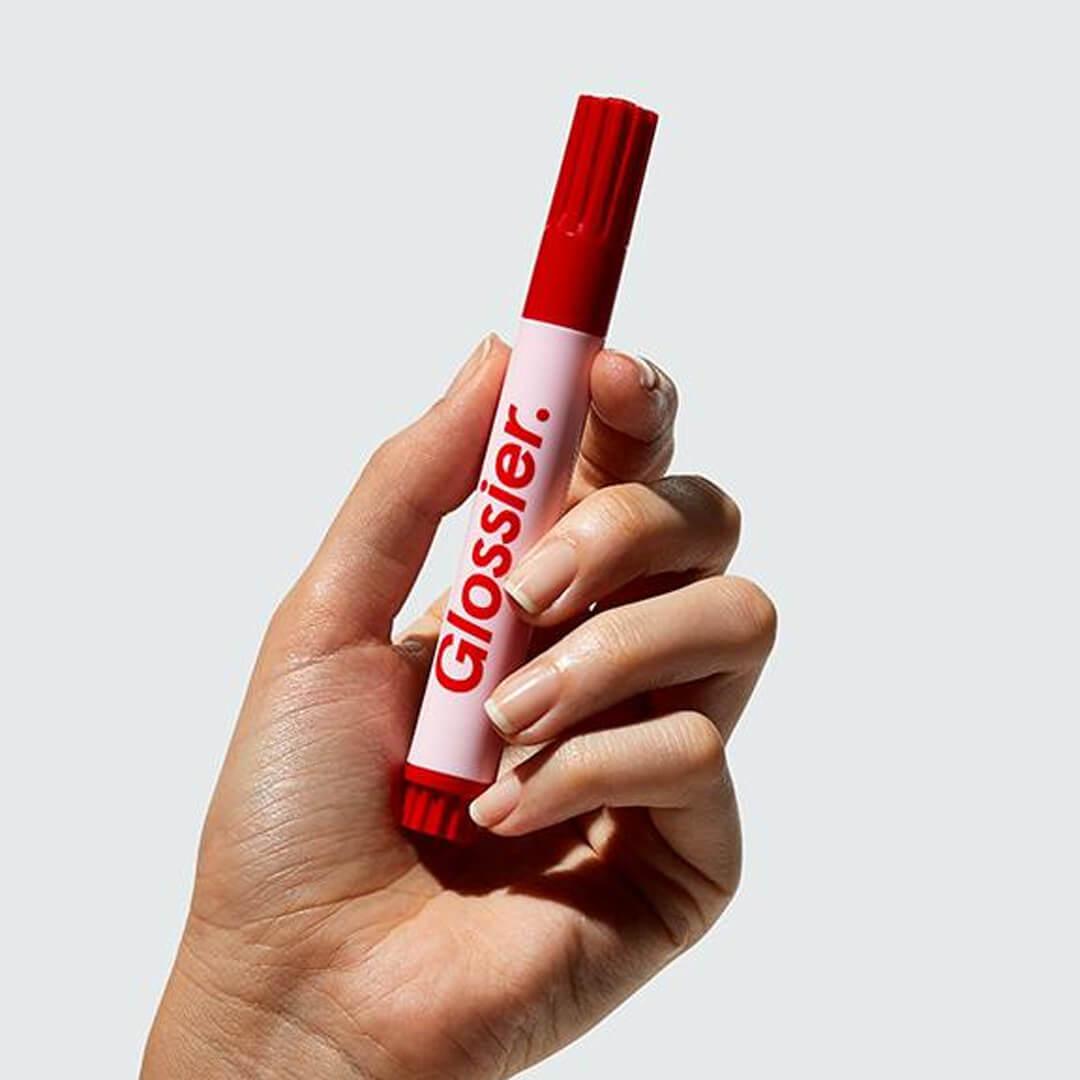

If you’re suffering from a bad blemish you won’t want to leave home without this compact-yet-potent zit stick that’s great to use on-the-go. Apply it three times a day to shrink your pimple and minimize swelling, thanks to an effective combination of benzoyl peroxide, salicylic acid, and tea tree oil.
2. Best multitasker:
SUNDAY RILEY U.F.O. Ultra-Clarifying Acne Treatment Face Oil


Breakouts aren’t strictly limited to your complexion, which is why this acne-clearing oil is such a hero on your beauty shelf. Whether you’re suffering from bacne (AKA back acne) or suffering from pimples on your scalp or butt, this effective-yet-nourishing option contains a combination of salicylic acid, tea tree oil, milk thistle, black cumin seed oil, and licorice to minimize breakouts, clear out congested pores, soothe stressed skin, and balance out your complexion.
3. Best for banishing blackheads and whiteheads:
TULA SKINCARE Go Away Acne Spot Treatment
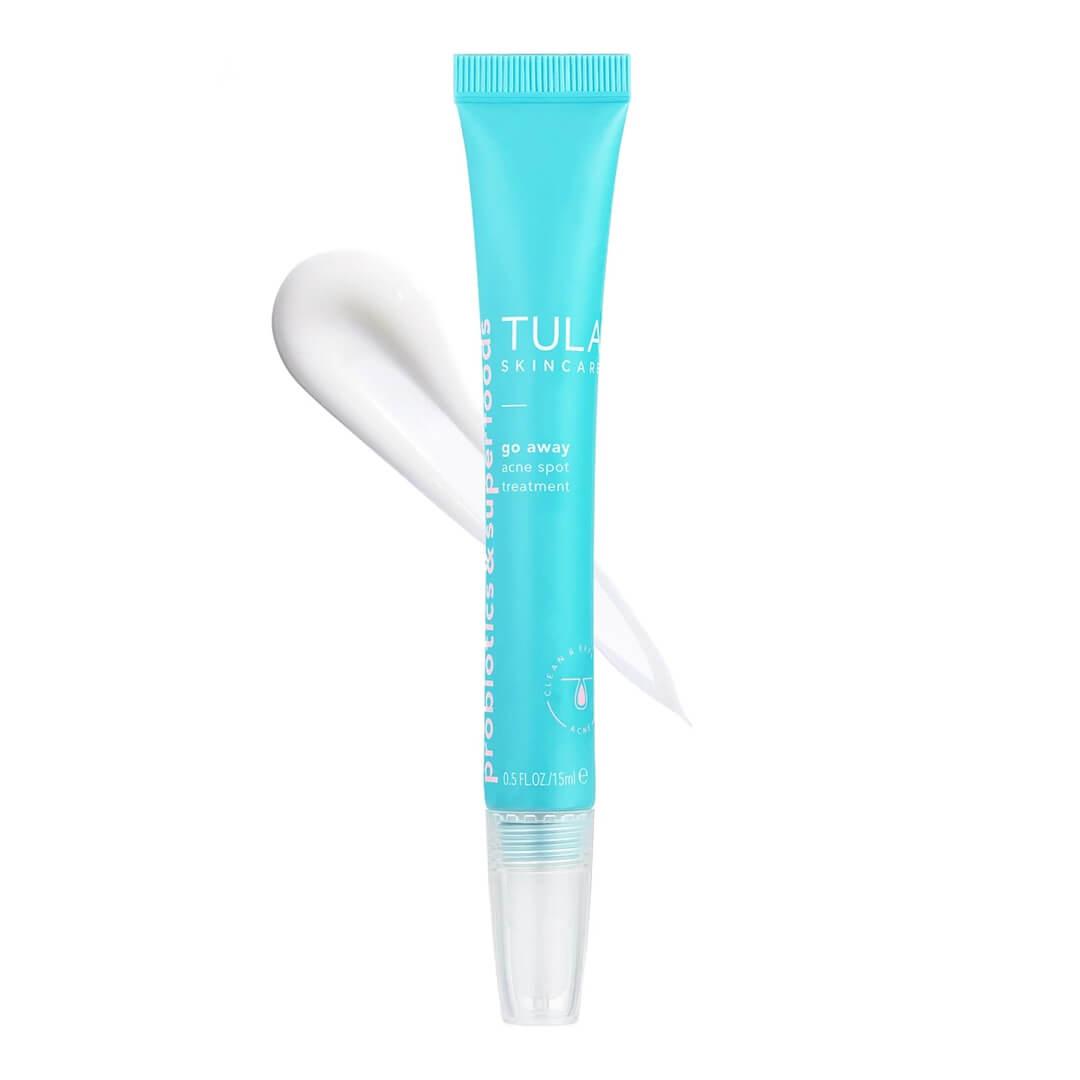

If you want to clear up comedones, (like blackheads and whiteheads), reach for this award-winning spot treatment that will zap up your pimples ASAP thanks to tea tree oil, niacinamide, benzoyl peroxide, and probiotic extracts, which calm the look of redness and irritation in just 24 hours, leaving you with clear skin, while also reducing the appearance of already-existing acne lesions. We especially love how it dries clear and layers well under makeup, making it a practical acne-fighting step in your skincare routine.
4. Best cleanser with tea tree oil:
AROMATICA Tea Tree Balancing Foaming Cleanser
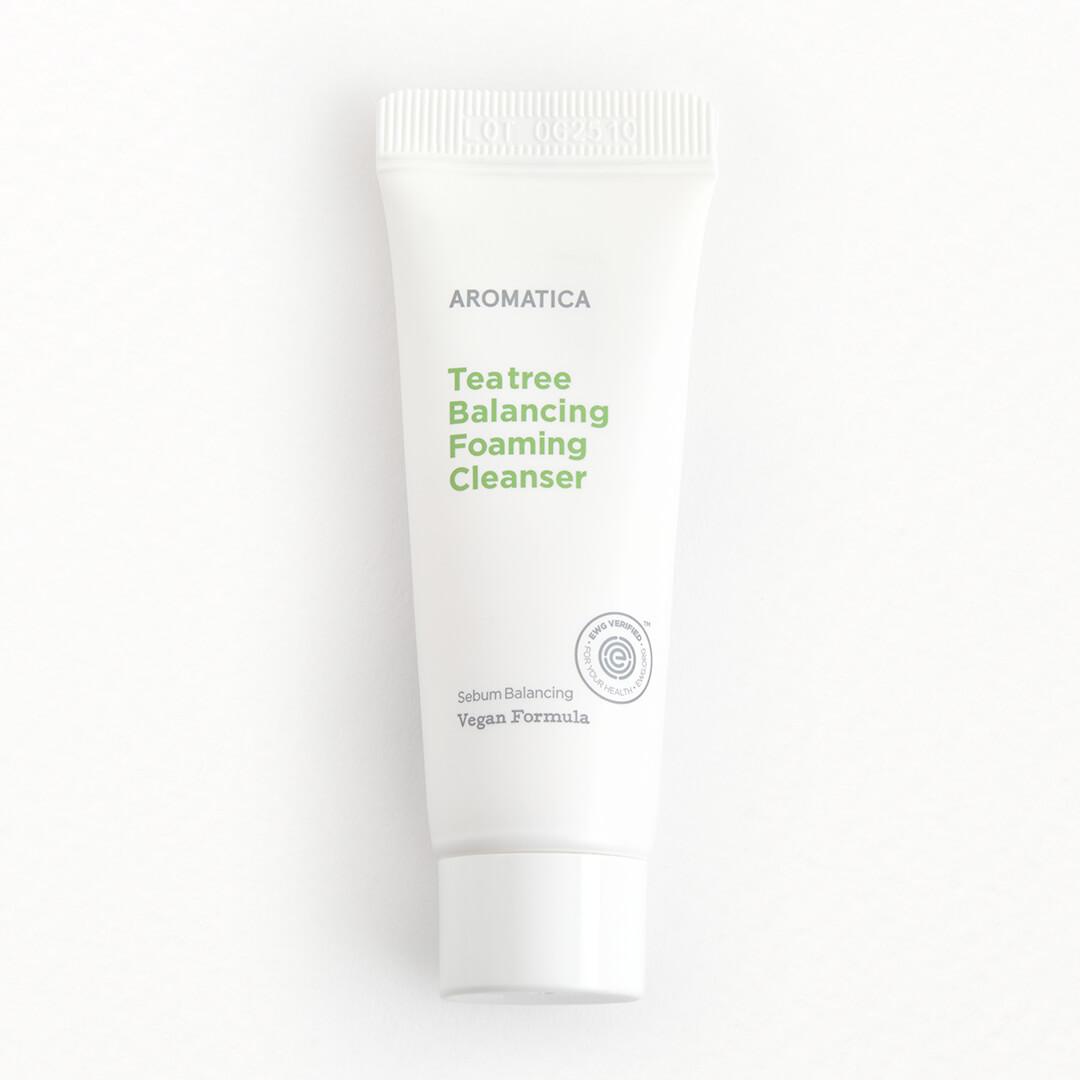

AROMATICA’s Tea Tree Balancing Foaming Cleanser removes dirt, oil, and makeup while leaving the skin feeling balanced. The addition of tea tree oil helps calm inflammation and redness, clarify skin, and reduce acne scars.
5. Best toner with tea tree oil:
ESSENHERB Tea Tree 90 Toner Pad
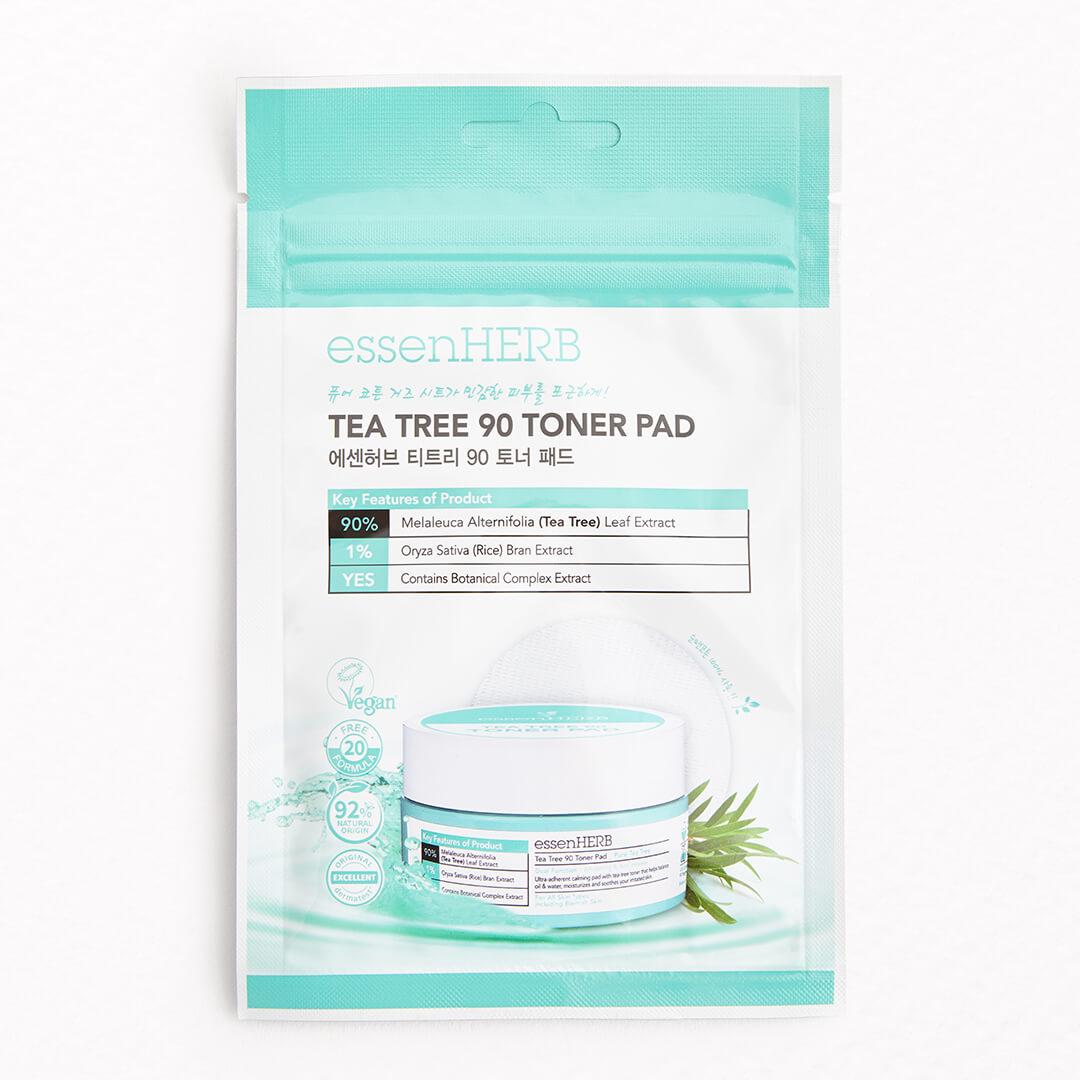

Swipe on ESSENHERB’s Tea Tree 90 Toner Pads and feel the antibacterial and anti-inflammatory ingredients work to gently exfoliate oily, acne-prone, and sensitive skin.
6. Best mask with tea tree oil:
BIORACE Pore Purifying Spirulina & Tea Tree Clay Mask
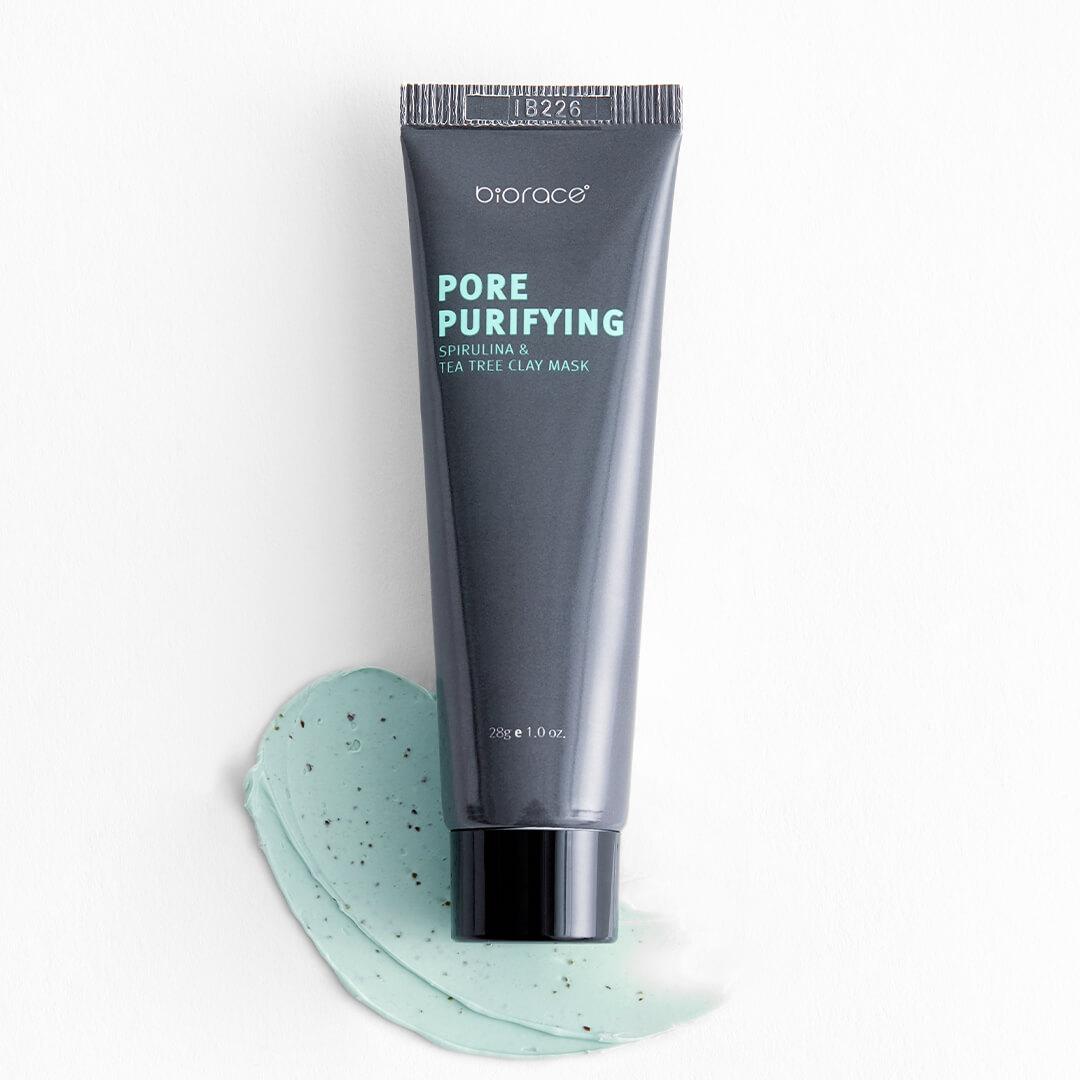

BIORACE’s Clay Mask tingles because it's working. The addition of hyaluronic acid helps keep skin hydrated.
Studies cited:
Melaleuca alternifolia (Tea Tree) Oil: a Review of Antimicrobial and Other Medicinal Properties
Essential oils as topical anti-infective agents: A systematic review and meta-analysis
Evaluation of the effectiveness of tea tree oil in treatment of Acanthamoeba infection
If you want to try some of our favorite acne-fighting products, be sure to sign up for the IPSY Glam Bag. Take our Beauty Quiz now to get started. Already an Ipster? Refer your friends to earn points, which you can use toward products. Either way, don’t forget to check us out on Instagram and Twitter @IPSY.
Like this article? Share it with your friends by clicking the icons below!
Liked this post? Share!
Related Stories


Ingredient Index
Why Argan Oil Is the Versatile Ingredient Everyone Needs in Their Beauty Routine
Published on Oct 15, 2025 • 8 min read


Ingredient Index
Every Skincare Ingredient You Should (and Shouldn’t!) Use With Vitamin C
Published on Oct 2, 2025 • 9 min read


Ingredient Index
No, Not All Peptides Are the Same, But All Are Beneficial
Published on Aug 12, 2025 • 4 min read


Ingredient Index
Top Anti-Inflammatory Ingredients to Soothe Irritated Skin
Published on Aug 5, 2025 • 6 min read


Ingredient Index
Iron Oxides Are the Skin-Protecting Ingredients Your Routine Has Been Waiting For
Published on Mar 14, 2022 • 3 min read


Ingredient Index
Galactomyces Is the Latest Skincare Ingredient You’re About to See Everywhere
Published on Jul 10, 2025 • 3 min read


Ingredient Index
Everything to Know About the Gentle Healing Ingredient Bisabolol
Published on Jul 10, 2025 • 6 min read


Ingredient Index
Yes, You Should Be Using Adapalene If You Have Acne
Published on Jul 10, 2025 • 4 min read


Beauty Picked Just for You
Get 5 products worth up to $70
Plus exclusive access to epic deals up to 80% off
Starting at just $14/month. Cancel anytime.